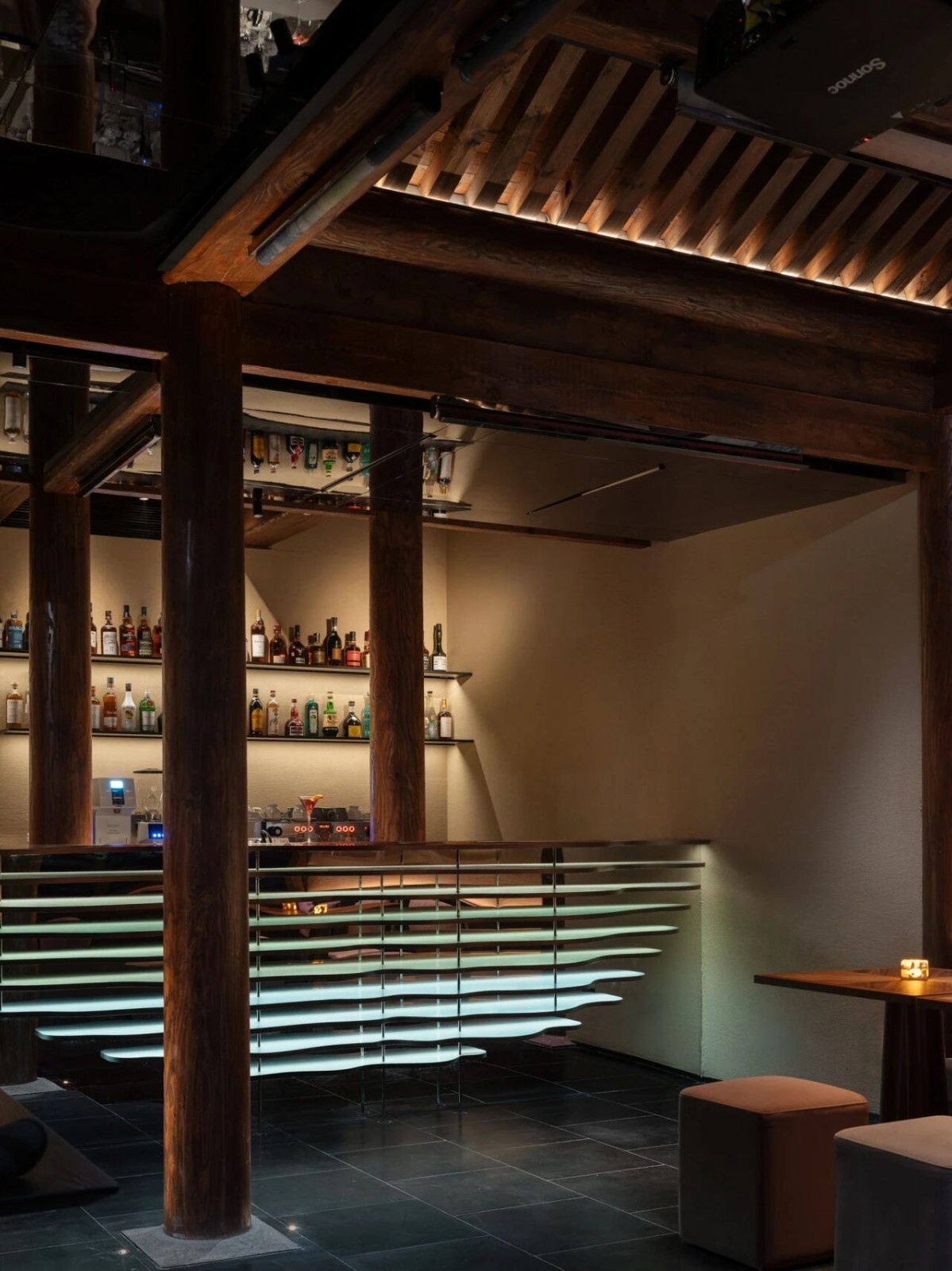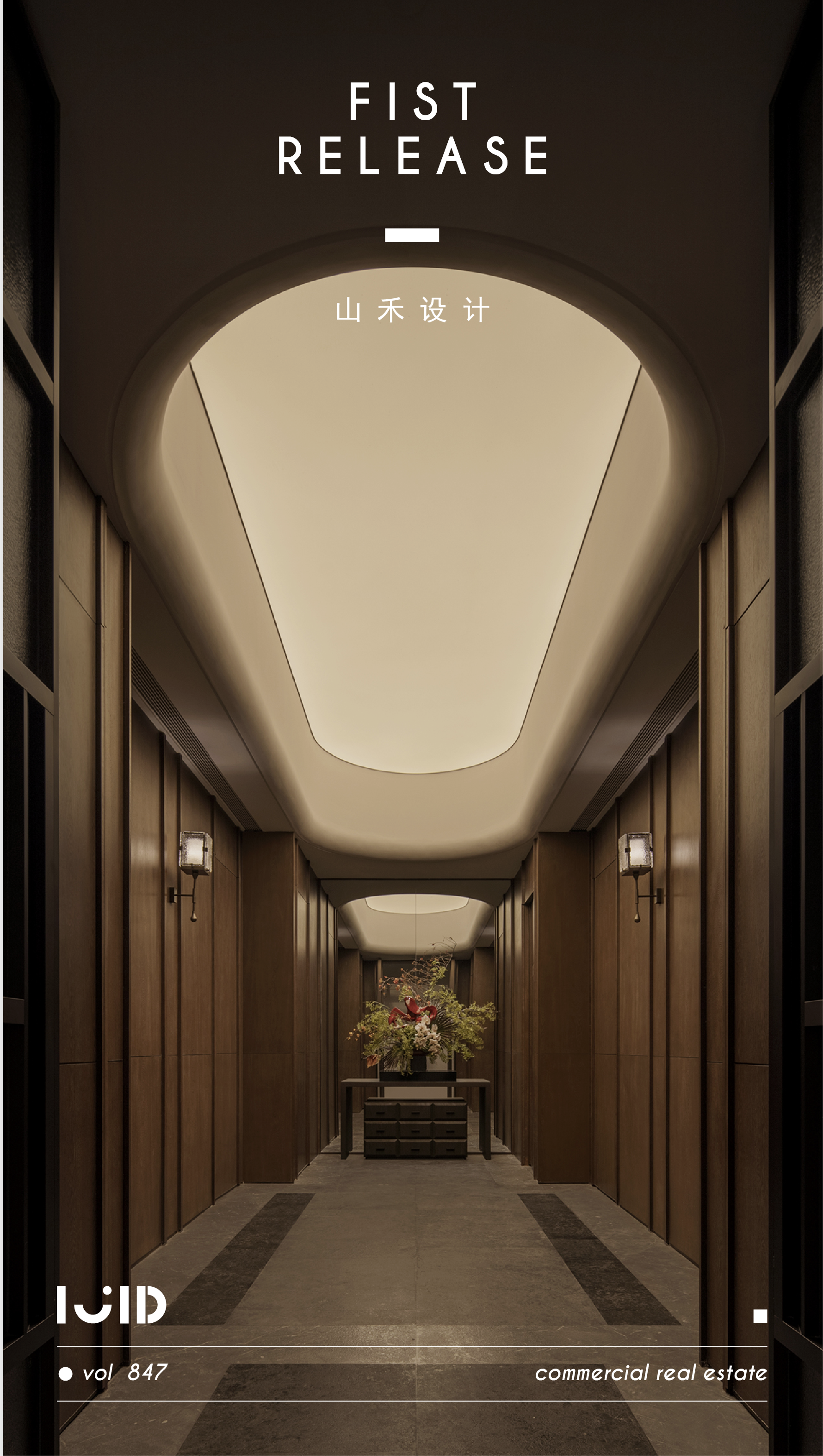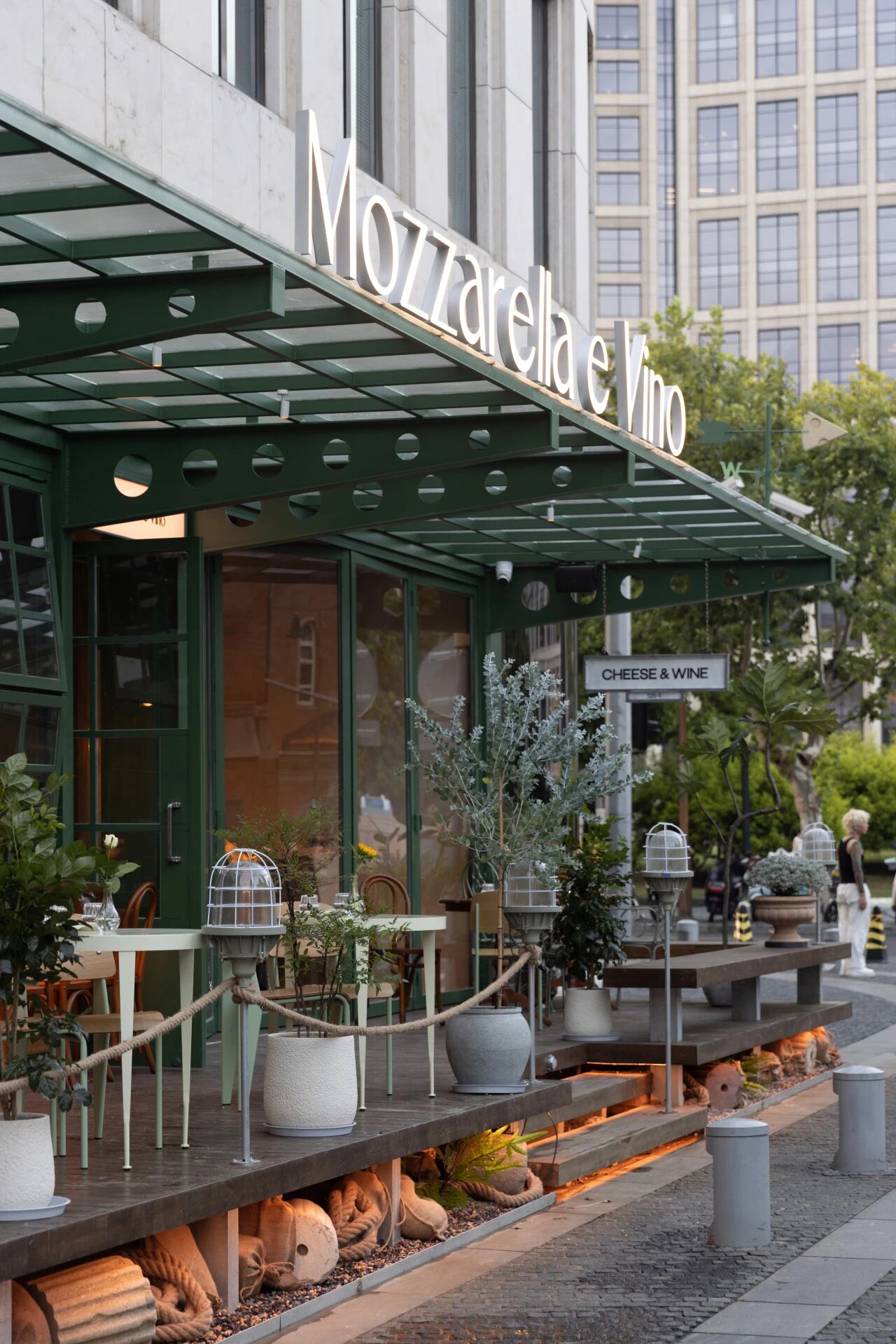River House Villa 自然中的河畔别墅 首
2024-10-15 12:20
A home’s enhanced sense of connection to the landscape and its owners has been heightened in a second incarnation by the same architect.
同一位建筑师在第二次化身中增强了房屋与景观及其所有者的联系感。
Susi Leeton Architects Interiors
returned to the River House to build on themes of light, privacy and landscape for a couple and their now-teenage children. Located on a river bend on Melbourne’s Yarra River,
reconsidered how the 1980s home could be ‘grown up’ for young adults, bring friends together and let visiting family comfortably stay.
The River House negotiates five different levels that transition in different ways through steps, bridges and a lift. “Like the river, the building meanders through and down the site, down a garden path across a bridge to the front door,” Susi says.
Susi Leeton Architects Interiors重返River House,为一对夫妇和他们现在十几岁的孩子打造以光线、隐私和景观为主题的建筑。建筑师苏西·利顿(Susi Leeton)位于墨尔本亚拉河(Yarra river)的一个河湾上,他重新考虑了20世纪80年代的住宅如何为年轻人“成长”,将朋友聚集在一起,让来访的家人舒适地居住。
河屋通过台阶、桥梁和电梯以不同的方式过渡到五个不同的层次。苏西说:“这座建筑就像河流一样,蜿蜒穿过场地,沿着花园小径穿过一座桥,到达前门。”。
For the then-young family, the home’s sleeping and living areas were closer together, and the communal areas were more open-plan. Now, the parents have their own upper level to retreat to, while the kids have their own lower floor. In the middle, Susi has enlarged the conservatory kitchen, where mess can be made away from the living and dining areas. “We considered everything from bringing in the shopping from the car to the kitchen, by installing a lift down a few levels, to providing plenty of storage, a drying room and walk-in robes for everyone,” Susi says. “There are lots of different spaces for encouraging connection to each other and the landscape,” she adds.
对于当时年轻的家庭来说,家里的睡眠和生活区靠得更近,公共区域也更开放。现在,父母有自己的上层可以撤退,而孩子们有自己的下层。在中间,Susi扩大了温室厨房,在那里可以从起居区和用餐区收拾残局。Susi说:“我们考虑了从汽车到厨房的购物,通过在几层楼安装电梯,到为每个人提供充足的储物空间、烘干室和步入式长袍的一切。”。她补充道:“有很多不同的空间可以鼓励彼此和风景之间的联系。”。
River House reveals Susi’s appreciation for Australian artists, including Johnny Niesche – his Cosmetic Calculator (2016) pictured in the hallway. Marmorino polished plaster walls accentuate the home’s light play.
River House展示了Susi对澳大利亚艺术家的欣赏,包括约翰尼·尼舍(Johnny Niesche)——他在走廊上拍摄的《化妆品计算器》(2016)。马尔莫里诺抛光石膏墙突出了家里的光线。
The architecture is designed as a backdrop – to feel like you’re part of the lush landscape. Window frames are embedded to accentuate the view, maximising all aspects of the now-matured garden. “Every level and floor plane connects to
,” she says. “We wanted the garden and views out to the river to take precedence over the architecture”. This allows the home to feel secluded while close to the city.
这座建筑被设计成一个背景——让你感觉自己是郁郁葱葱的景观的一部分。窗框被嵌入以突出景观,最大限度地利用了现在成熟的花园的各个方面。“每一层和每一层都与迈尔斯·鲍德温的花园相连,”她说。“我们希望花园和河景优先于建筑”。这让家在靠近城市的同时感到与世隔绝。
The architect appreciated the home’s access to southern light and, at the same time, “scooped sunlight from other directions”. A ceiling cut out with a large skylight diffuses light in the hallway, where a Japanese maple tree is embedded in the limed oak floors. A central void wrapped in glass, featuring an established tree, blurs the boundaries between inside and out, as does the use of mirror. “The kitchen’s walk-in pantry lies behind our mirrored ‘Bento Box’ which also discreetly houses the bar,” Susi says. Which also discreetly houses the bar,” Susi says, “It brings the landscape into the room and creates a soft vibration of shifting greenery and southern light.” Marmorino polished plaster walls also gently reflects light while recessive architectural lighting highlights the home’s curved edges.
建筑师欣赏这座房子能获得南方的光线,同时“从其他方向吸收阳光”。天花板上开着一个大天窗,在走廊里漫射光线,一棵日本枫树镶嵌在石灰橡木地板上。一个用玻璃包裹的中心空隙,以一棵成熟的树为特色,模糊了内外之间的界限,镜子的使用也是如此。Susi说:“厨房的步入式食品储藏室位于我们镜面的‘便当盒’后面,它也谨慎地容纳了酒吧。”。Susi说:“这也谨慎地容纳了酒吧,它将景观带入了房间,并创造了绿色植物和南方光线的柔和振动。”Marmorino抛光的石膏墙也柔和地反射光线,而隐性建筑照明则突出了房屋的弯曲边缘。
Beyond the limed oak floors, large-format limestone tiles run from inside to outside and through the private areas. In the bedrooms, walls are painted in a colour Susi describes as the back of a eucalyptus leaf. The grounding palette is a backdrop to Susi’s curation of Australian art, including her own, alongside works by
and sculptural pieces, such as a 300-year-old Japanese log from a temple in Japan. The architect also nods to local makers with furniture sourced from BARBARA Design,
在石灰橡木地板之外,大幅石灰石瓷砖从内到外贯穿私人区域。在卧室里,墙壁被漆成苏茜描述为桉树叶背面的颜色。接地调色板是Susi策划澳大利亚艺术的背景,包括她自己的艺术,以及Daniel Boyd、Sally Gabori和Adrienne Gaha的作品和雕塑作品,如来自日本一座寺庙的300年前的日本原木。建筑师还向当地制造商致敬,家具来自BARBARA Design、Lowe furniture和Mark Tuckey。
In revisiting the River House, Susi has continued to bring a sense of the slow-flowing river into all aspects of the design and experience of space. “Combining function with feeling”, Susi says, “allows you to exhale as soon as you walk through the door.”
在重新审视River House的过程中,Susi继续将缓慢流淌的河流的感觉融入到空间设计和体验的各个方面。Susi说:“将功能与感觉相结合,可以让你一进门就呼气。”
ARCHITECTURE, INTERIOR DESIGN - STYLING
采集分享
 举报
举报
别默默的看了,快登录帮我评论一下吧!:)
注册
登录
更多评论
相关文章
-

描边风设计中,最容易犯的8种问题分析
2018年走过了四分之一,LOGO设计趋势也清晰了LOGO设计
-

描边风设计中,最容易犯的8种问题分析
2018年走过了四分之一,LOGO设计趋势也清晰了LOGO设计
-

描边风设计中,最容易犯的8种问题分析
2018年走过了四分之一,LOGO设计趋势也清晰了LOGO设计





















































































